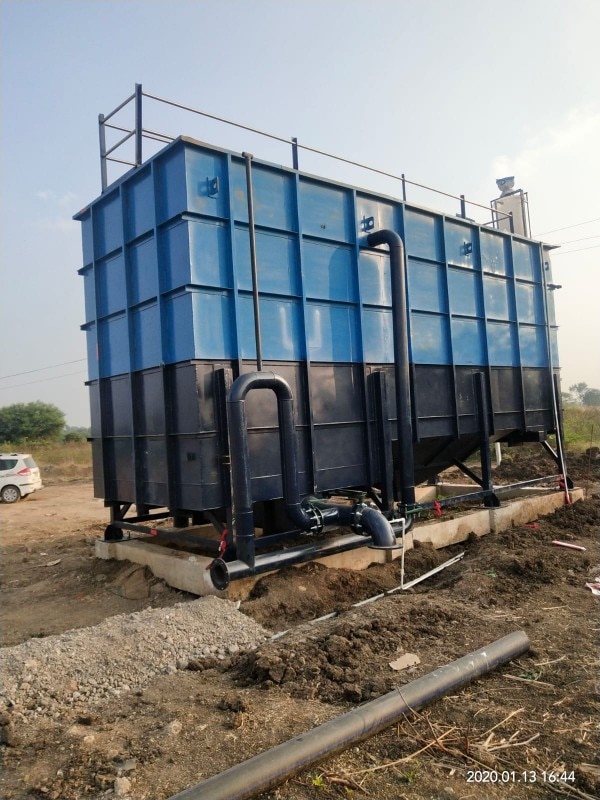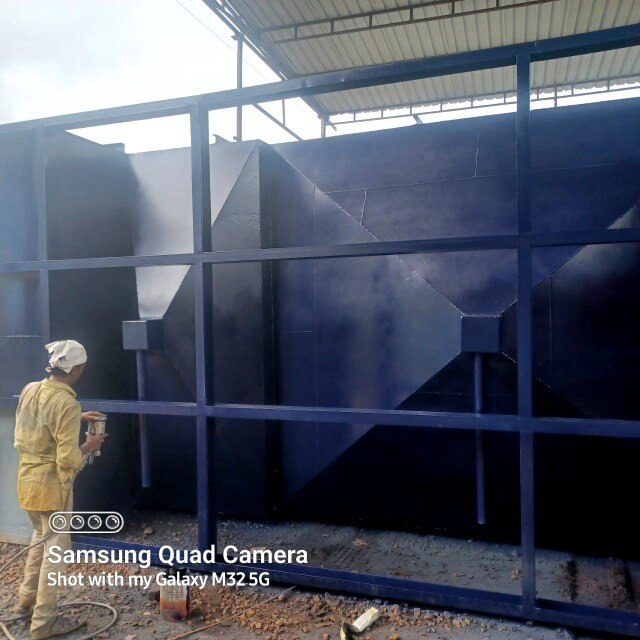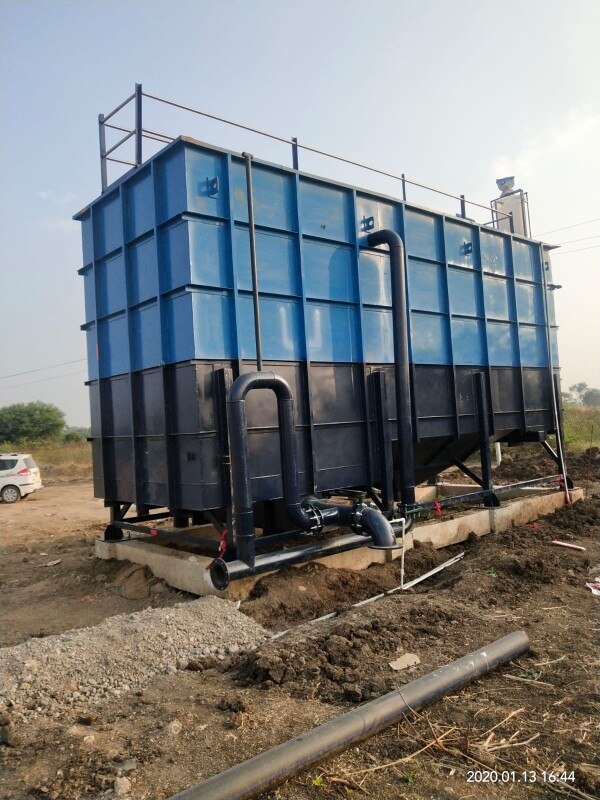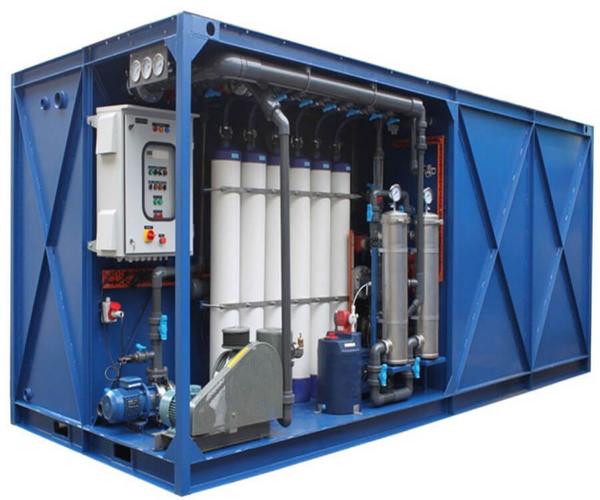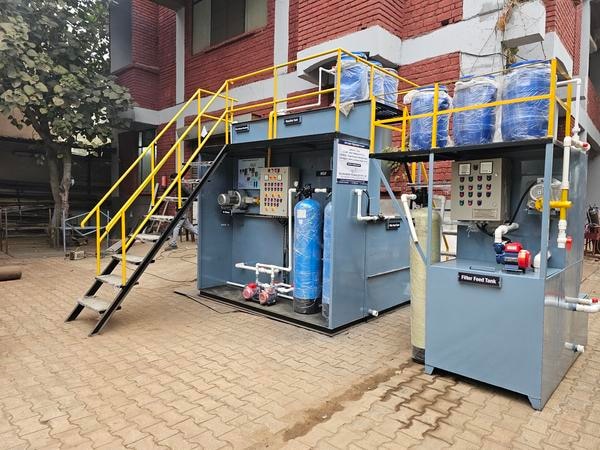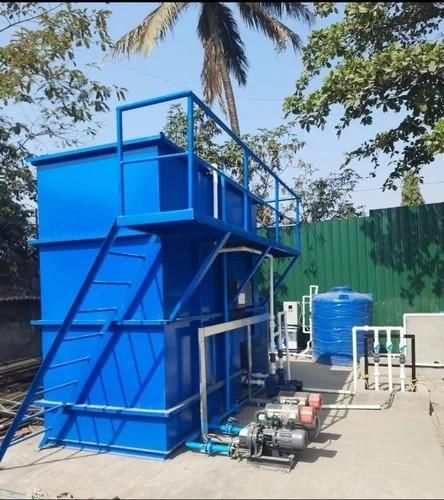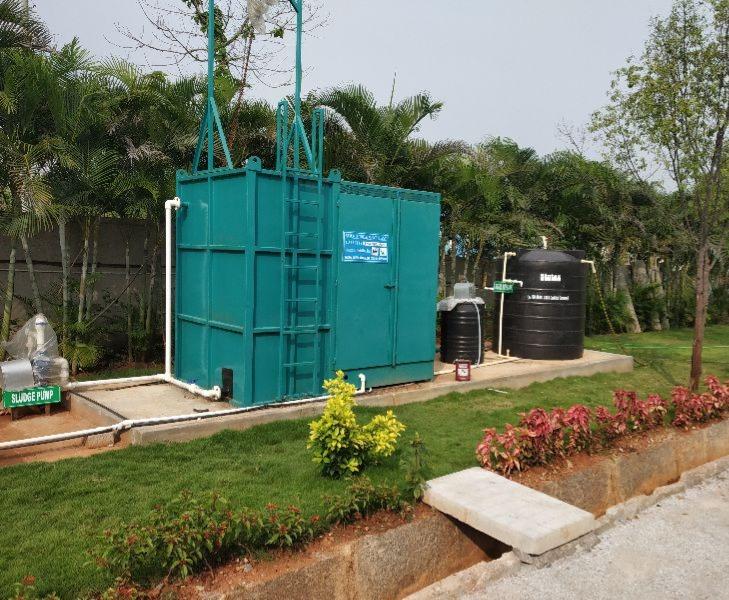Description
Product details
Containerized sewage treatment plants are emerging as a sustainable, adaptable, and efficient solution for wastewater management. Their mobility, cost-effectiveness, and scalability make them an asset in addressing the ever-growing challenges of sewage treatment. A containerized STP is a portable, factory-built sewage treatment plant fully enclosed within one or more shipping containers. It is designed as a modular, “plug-and-play” system for rapid deployment and easy relocation, making it ideal for temporary or remote locations where a traditional, fixed STP is not feasible. Key advantages Portability and rapid deployment: Since the system is pre-assembled and factory-tested, it can be quickly transported and set up, often requiring only simple connections and a flat foundation. This makes it suitable for emergency relief, construction sites, and remote areas. Cost-effectiveness: Containerized STPs have lower capital expenditure because they require minimal civil construction. They also have lower operational expenditure due to automation and energy-efficient designs. Space efficiency: Their compact design requires a much smaller footprint compared to traditional STPs, making them ideal for urban areas, campuses, and hotels with limited space. Modularity and scalability: Capacity can be easily increased or decreased by adding or removing modular units, allowing the system to adapt to changing wastewater volumes. High-quality effluent: Advanced treatment technologies, like MBR, can produce high-quality treated water that can be reused for non-potable purposes such as irrigation, reducing freshwater consumption. Automation and low maintenance: Many systems feature automated controls, requiring minimal operator intervention and oversight by unskilled staff. Uses and applications Containerized STPs are highly versatile and used across many sectors, including: -Construction and mining sites with temporary worker camps. -Remote communities and villages that lack a centralized sewage system. -Disaster and emergency response efforts. -Military and refugee camps. -Urban areas for decentralized treatment or to supplement municipal systems during peak demand. -Commercial and hospitality sectors like hotels, resorts, and restaurants. -Industrial facilities for treating small to medium volumes of wastewater. -Real estate developments such as residential complexes, townships, and schools.


